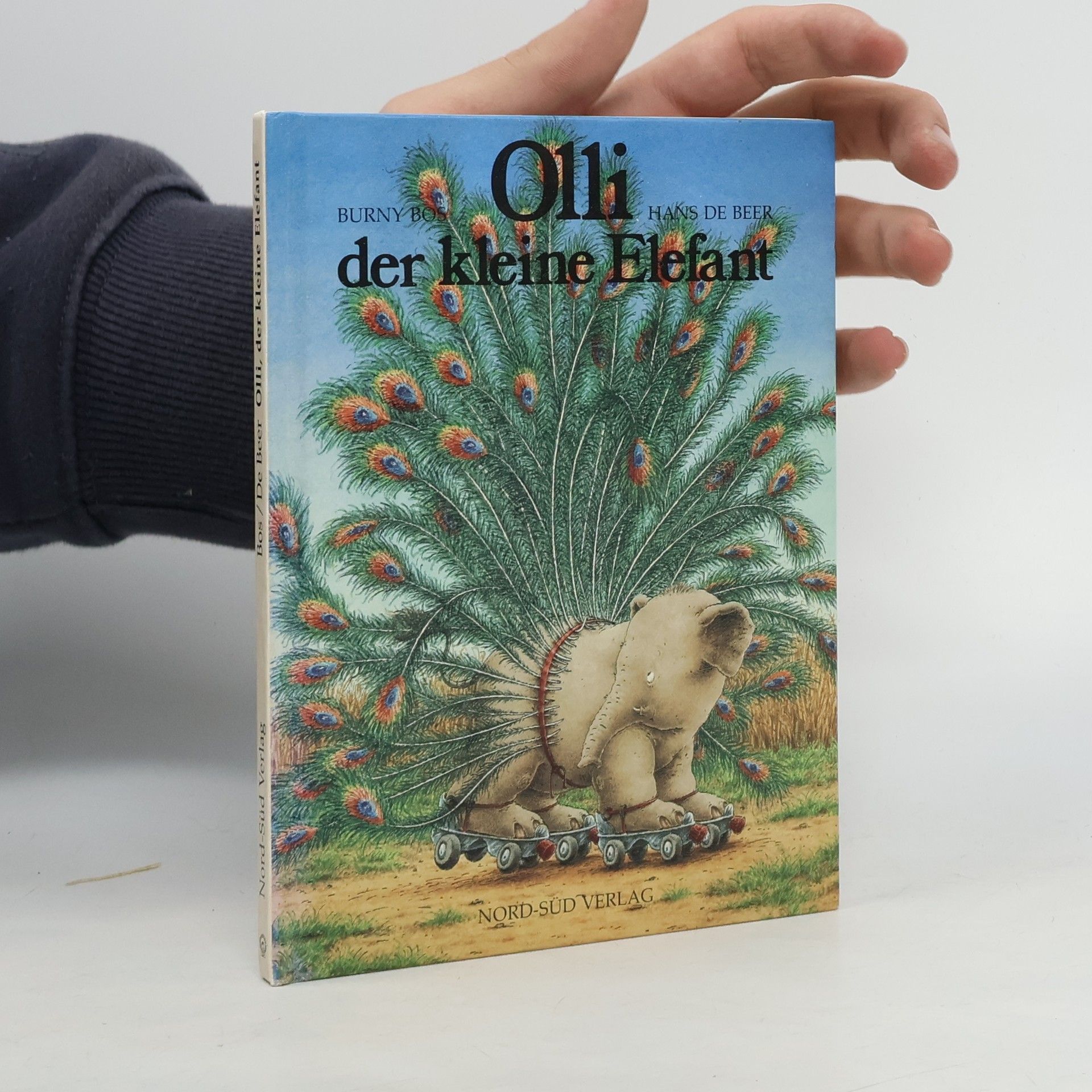La Route de la Soie de Luoyang Illustrée
- 176 páginas
- 7 horas de lectura






'Ich bin ein klasse Huhn!', gackert Frieda den lieben langen Tag auf dem Hof herum. Schließlich ist sie etwas ganz Besonderes: Sie ist grün. Mit ihrer Hochnäsigkeit macht sich Frieda natürlich keine Freunde bei den anderen Hennen. Als es darum geht, wer das schönste Ei legt, da sieht auch Friedas Ei aus wie jedes andere. Am Ende steht die einfache und doch wichtige Botschaft: Wir sind alle gleich.
Mit dem Tretcabrio macht sich der Frosch Valentino auf die abenteuerliche Suche nach einer Prinzessin. (ab 5)
Warum weigert sich die Mutter, den Vater, der in Rio lebt, zu besuchen? Liesje weiß es nicht. Sie will aber unbedingt zu ihm. Undsie hat auch schon einen Plan.
Elefantenkind Olli hat zum Geburtstag wieder keinen kleinen Bruder bekommen; jetzt will er sich selbst ein Baby besorgen. (ab 3).
Der kleine Mäuserich fühlt sich in seinem Katzenkostüm mäusekatzenbärenstark. - Ein Mutmachbuch, das zeigt, dass auch Kleine Grosses können und mancher Traum Realität werden kann.
In diesem Pop-up Buch erleben Kinder die Abenteuer des kleinen Elefanten Olli, der statt eines Bruders Rollschuhe geschenkt bekommt. Auf seiner Suche nach einem Baby trifft er auf verschiedene Tiere und erfährt schließlich, dass seine Tante ein Baby erwartet, mit dem er bald spielen kann.
Geschichten von den Maulwürfen, bei denen es eigentlich wie bei jeder normalen Familie zu geht.
Geschirrspülen, Tapezieren oder auch das Einkaufen mit der Scheckkarte erweisen sich als tückenreich, werden von Vater, Mutter, den Zwillingen Mona und Marius oder der Oma im Rollstuhl aber einfallsreich bewältigt. Großdruck